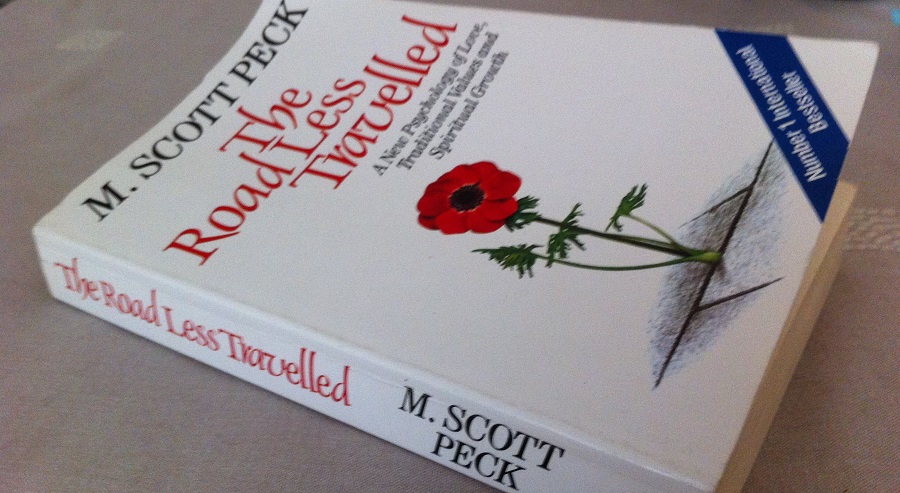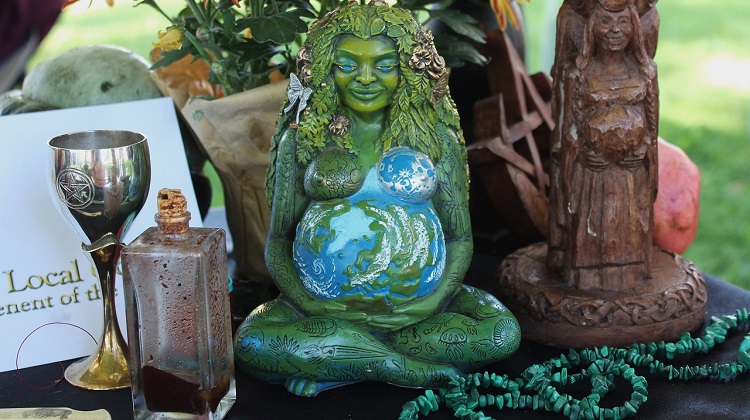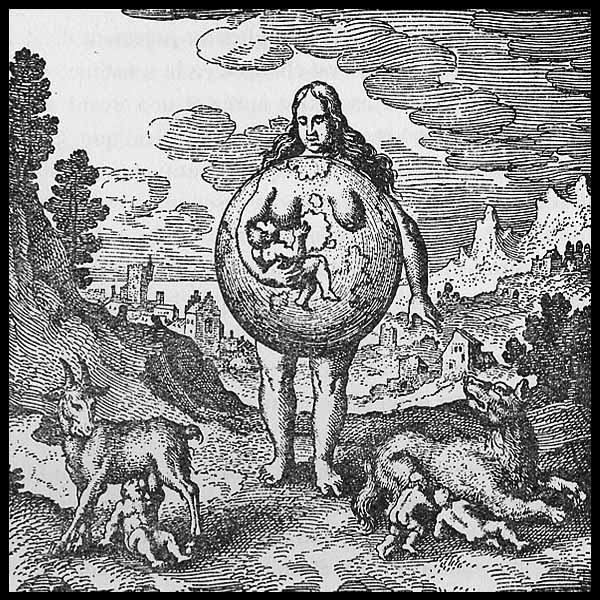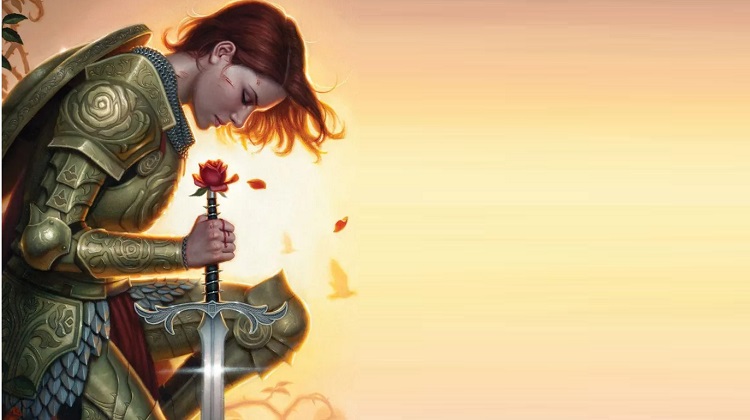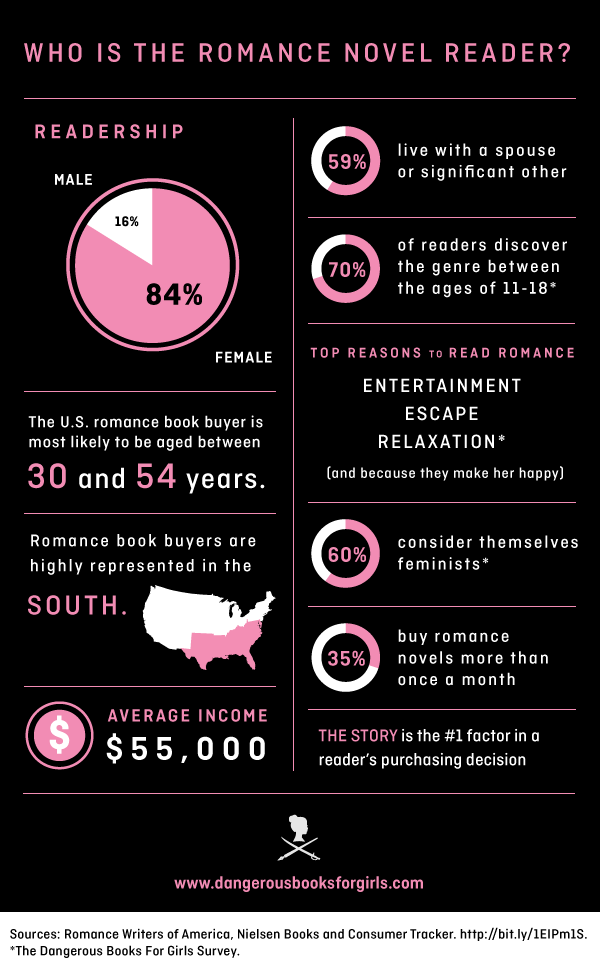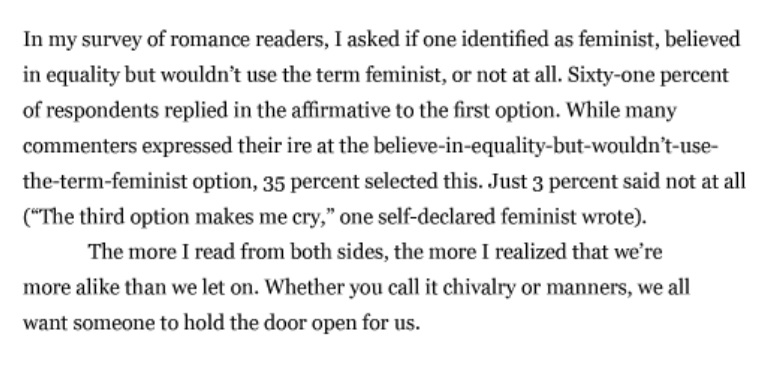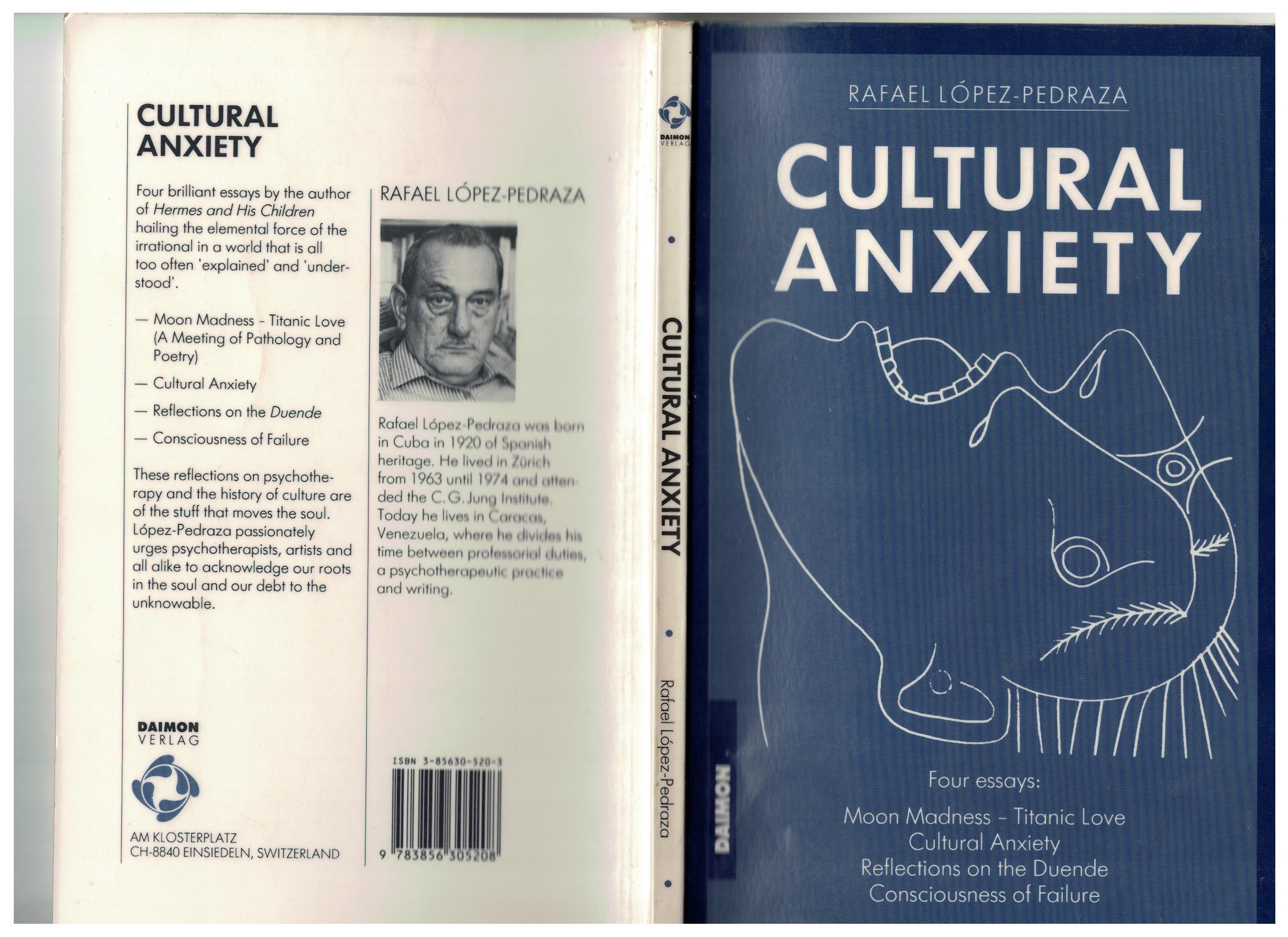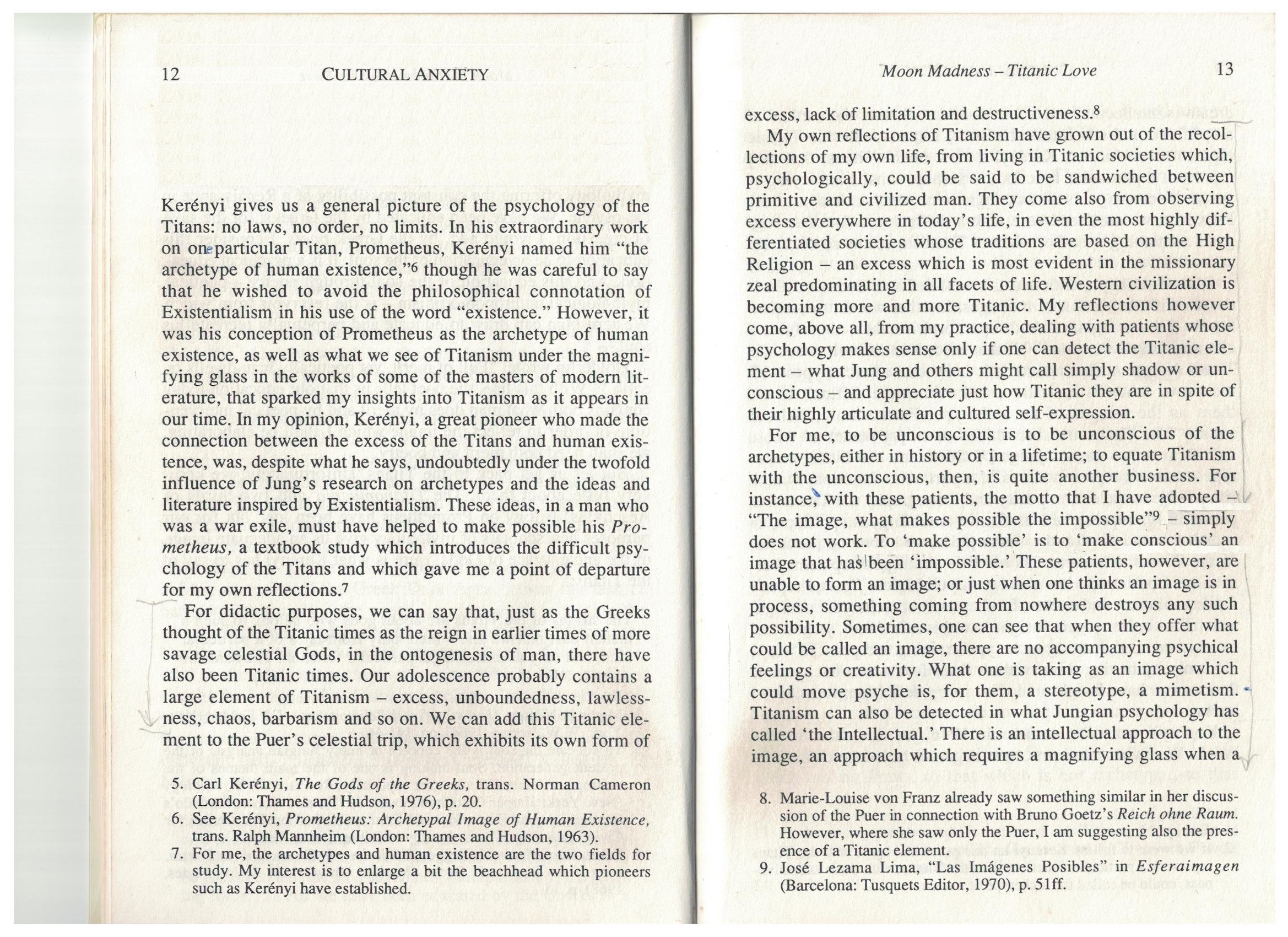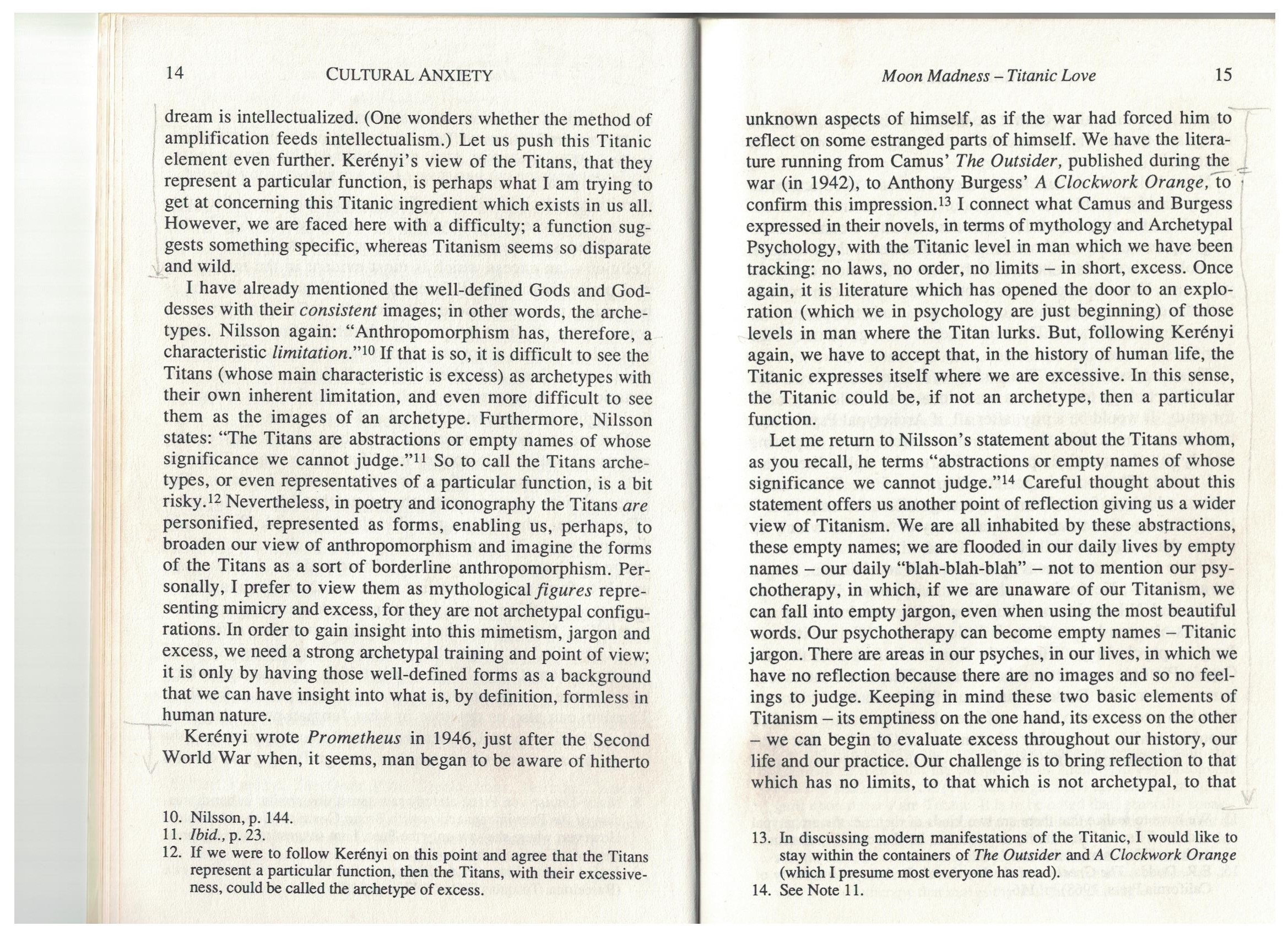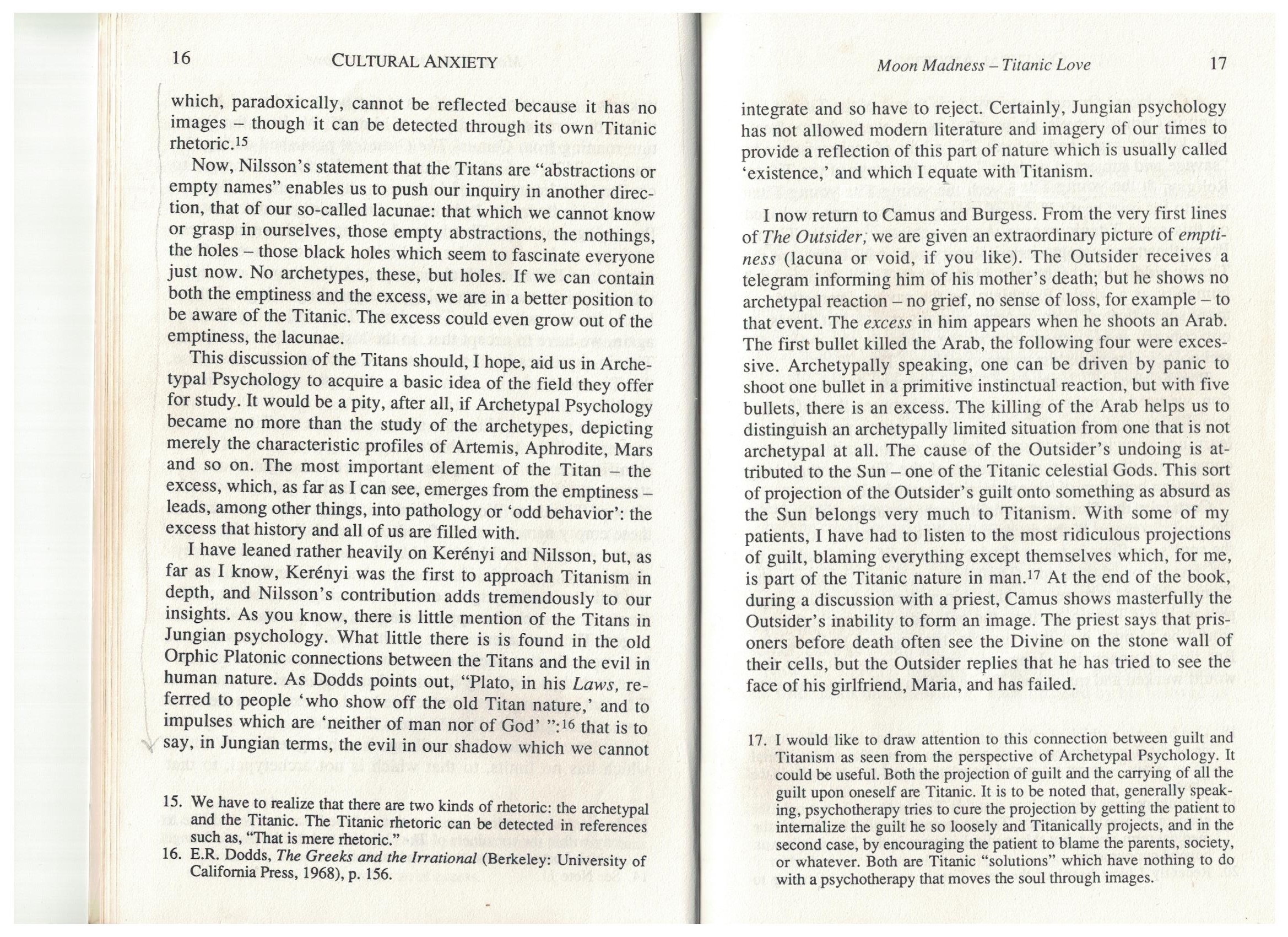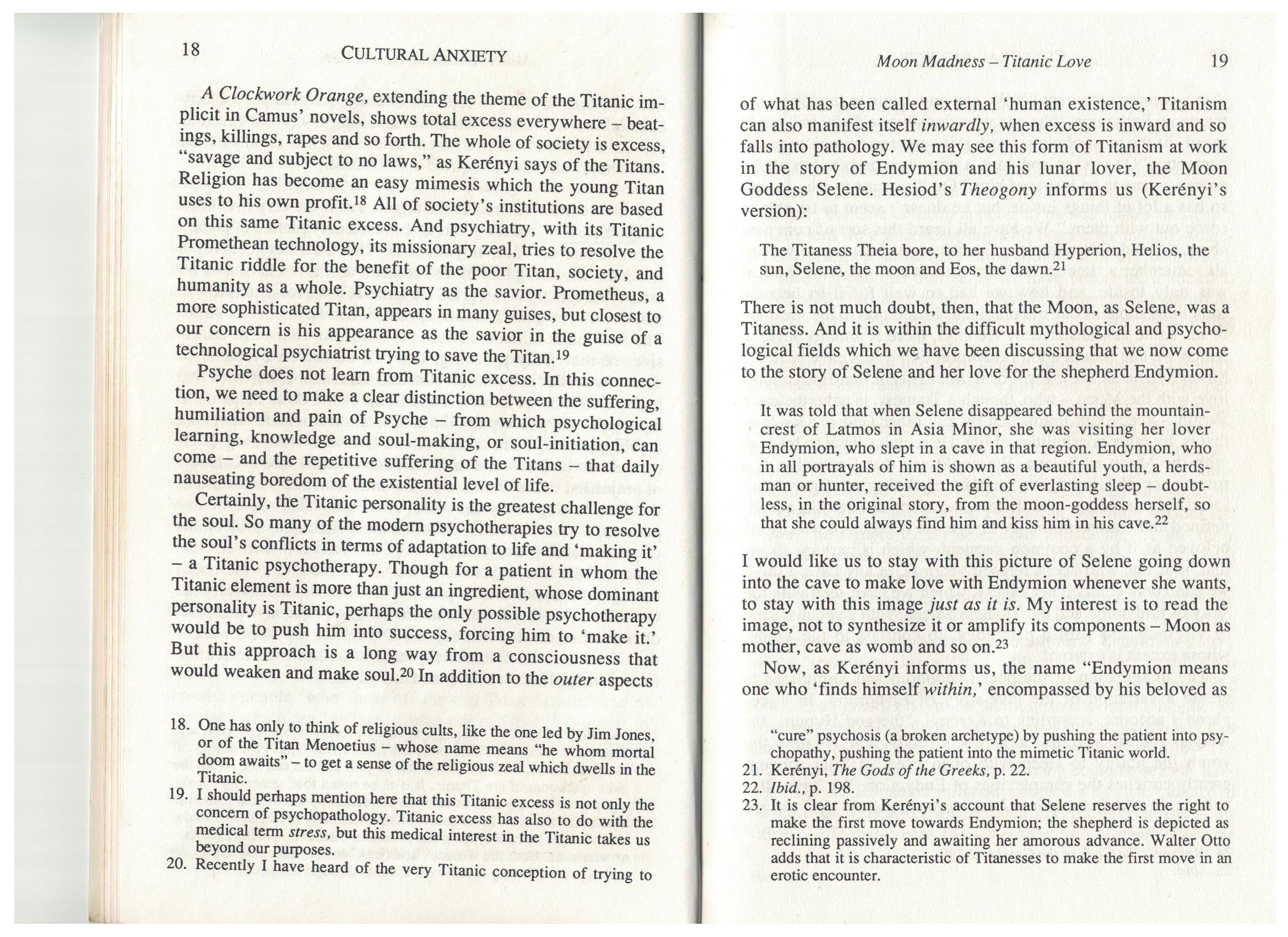By Paul Elam
A long-standing tradition of the mentally unemployed is the advice column where people send lopsided versions of their current life problem to strangers, and invite said stranger to advise them on what to do about it.
One recent example of this was brought to my attention that starts with a recipe for disaster; an excerpt from an advice column in which a woman is getting advice from another woman, who doesn’t know her, about dealing with a man who she also doesn’t know. From the South Bend Tribune we have the ‘Dear Annie’ column featuring the thoughtful sage advice of one Annie Lane, a cutesy looking 20-something whom I am sure is steeped in the wisdom of Ages.
She demonstrates her incisive nature in a response to the following plea for help: “Dear Annie” a woman writes,
“My husband and I have been married for over 20 years we’ve had our share of highs and lows during our time together. However, recently I discovered some things that are really bothering me. My husband always said he didn’t do the whole Facebook thing I discovered he’s been lying about not having a Facebook account when I was trying to set one up for him so he could use it to receive some promotional offers. I then discovered that he was searching for old girlfriends, single sites, pornography and other women on Facebook for two years behind my back. Some of the women my husband was looking up on Facebook were our daughter’s age or even a couple of years younger. We live in a small town and some of these women work where he gets his hair cut, where we bank, or at other places where we do business. He visited several of the woman’s Facebook pages multiple times. This is all very disturbing to me. When I try to discuss this with him he gets extremely defensive and angry with me. I’m hurt and don’t believe that what he’s doing is right. Please help;
Signed – ‘Feeling Very Broken.’
Now of course Dear Annie, whose name I’m sure just coincidentally sounds like Dear Abby, charges into the rescue to make sure that this advice seeker doesn’t slip into self-blame.
“Dear broken” she answers, “the only one who should feel broken is your husband. Honesty is the cornerstone of a healthy marriage. Though it’s definitely questionable that he’s been browsing very young women’s Facebook pages, there could at least plausibly be innocent explanations for that. The alarm bells sounded for me when you mentioned that he’s been on single sites. This could indicate offline real-life infidelity. Talk to him about going to marriage counseling; if he refuses then consider separation or divorce. It’s better to live alone than with a louse.”
And that is it. Annie has summed up a plan of action that could determine the course of two lives in 90 words without so much as a single follow-up question and with no more knowledge of the people involved than she got from a single email.
Now you might be saying at the moment why should I give a fuck about any of these idiots, and of course you’d be right to ask. While both Annie and Broken aren’t significant at all as human beings, what played out between them is an absolutely sterling example of the lens through which our culture, including self-help gurus and the mental health industry, view relationships.
I’ve known licensed marriage and family therapists who made well into six figures treating relationship problems with no more thought than Dear Annie has in her column, which is to say that they made big money from what the average person on the street would say for free – namely that whatever your sad story is as a woman, the man is at fault. We don’t need to ask questions, he’s wrong and the solution to the problem is either to get a professional to confirm that, or to kick them to the curb or both. After all just as Annie says, he’s a louse now.
I know that none of this is a secret to this audience. I needed a much better reason than just telling you what you already know to make an article about this particular advice bimbo and her latest foray into terminal stupidity. The thing is, I like this example because it is so similar to what I witnessed in my clinical practice.
Many of my predominantly male clients were also in couples counseling as a part of their addictions treatment, and it was routine for me to sit in on at least one session with their couples therapist in an effort to ensure continuity of treatment. What I witnessed there, over and over again, was a repeat of Dear Annie giving advice to ‘Feeling Very Broken,’ and shitting all over brokens husband in the process.
Generally speaking, the approach was always the same. On cue from the couples counselor, the wife would go through the litany of everything he did while drinking or drugging. Going into sometimes excruciating detail about the damage it did to the family, and the lives that it harmed, the goal was to have him acknowledge all this without avoidance, minimization or other forms of denial. And he would be measured directly by the open remorse he showed, how genuine he was at expressing that remorse, and how well he was able to articulate his plans to make sure that the same mistakes would not be repeated in the future.
To be fair this is a standard and I think necessary part of the treatment for addictions. what was missing though, what was always missing, was the ways he was being harmed in the relationship. It was as simple as 1, 2, 3; he was the relationship problem. There was no need for shared examination or review of the marriage that was more realistic. Just hand him the whip and let the self flagellation begin.
Of course there was some attention to her enabling, and efforts were made to have her look at how behavior on her part made it easier for him to continue engaging actively in his addiction. That, however, was generally where any demands for her introspection ended. She was the designated victim, he was the default perpetrator. There’s your fucking therapy.
I never saw a marriage and family therapist even begin to explore whether the female in that relationship might be the kind that makes sobering up seem worse than drinking Drano. Focusing on the worst parts of him and the best parts of her is a completely lopsided proposition. Even a crackhead recognizes that, so they use massive amounts of shame to beat the man down into compliance: “So she cheated on you? Well isn’t that because you drove her away with your drinking? What’s that you say – you didn’t start drinking heavily till after she cheated? You’re projecting the blame; no one made you pick up a bottle. How do you think that made her feel?”
What was even more fascinating was seeing how malleable men were in these situations. They were usually incapable of defending themselves. All they could do was stutter and fall flat in the face of shaming, no matter how blatantly unfair it was. The men who tried to defend themselves, or point to the fact that the wife was often as destructive as his addiction, were easily shut down by the sisters of shame – the tag-team pair of marriage therapist and wife.
For instance I remember one man who briefly interrupted the procession of his mistakes being beaten like a herd of dead horses and said, and I’m paraphrasing here, “I drank a lot out of frustration, living with her is like living with a block of ice. She barely talks to me unless she wants to complain or needs money.”
He was going to say more but the marriage therapist interrupted and said quite sharply, “So your being an alcoholic is her fault?!” She might as well have added an eye-roll. Now of course that was a ridiculous mischaracterization of what he actually said, and it was totally unfair, but it had the intended effect.
He shut up about his problems and went back to apologizing for the pain he had caused her. It was as though he was apologizing for being alive. His pain over feeling unloved used isolated and demonized got shoved right back down into his gut where he would probably drink over it in the future. The wife got to maintain her position of superiority with the help of her mental health professional, and I got to take on the task of trying to help him clean up the mess in the wake of that session.
Again I don’t think that what I’m saying is anything shocking or new to a men’s audience. We all know that, generally speaking, women lack an accountability, just as we know that the mental health profession and the world at large is hopelessly gynocentric.
What may be useful in this story is the lesson about shame and how it is used to control men, and how utterly powerful it can be. I worked with the particular client in my story, and scores of other men just like him about that shame. I found that in a supportive environment that they could clearly take responsibility for their choices and behaviors. They also had the capacity to keep it all in perspective and not let their feelings cloud their view about injustices that were also done to them. They could discern right from wrong, and tell the difference quickly between what was and was not their fault.
And then, when a judgmental woman entered the scene, all of that would fall apart. They quickly became fish-out-of-water struggling for words. Their self-confidence, even their self-respect, immediately circled the drain the moment their previously clear and concise thoughts were questioned by a woman. They faltered sometimes, they lost their cool and reacted with anger, becoming just as irrational as their female detractors.
So in a sense they defended themselves, but not by looking at these women in the eye and saying you’re wrong and here’s why. My client, when the therapist accused him of blaming his alcoholism on his wife, could not just stand up for himself and say “you’re blowing what I said at a proportion and taking it out of context.” So he retreated. Others might have blown up and told her to fuck off. But very very few would be able to stand firm, reject the bullshit, and insist that their experience was part of the discussion.
Shame, the universal male Achilles heel would, likely as not, blind them to the very possibility of healthier alternatives. Most men are socialized to feel deeply ashamed of standing up to a woman. In fact that is why you see white knights conflate setting limits with women with attacking them; like a lot of men they can’t see the difference. Men are supposed to protect women, even vicious dishonest and dysfunctional ones.
Subsequently they live by a code that shames them for doing anything else even if it is vital to their psychological and emotional well-being. So when faced with that conflict of interest they usually either back down, or they cover their shame with enough anger to act in their own interest.
I have some questions that I would have asked Feeling Broken had she approached me with her problem. I’d start with something simple like tell me, Broken, when’s the last time you had sex with your husband? Or how much time do you spend berating him, regardless of how justified you might feel?
I mean seriously, assuming that what Broken was saying is true, it is clear this guy is missing something in his relationship. I understand it’s easy to fall into the expected position of showing moral outrage and indignation that a married man might be involved in or heading toward infidelity. It is painfully simple to take a ‘case closed’ attitude say the guy’s a bum, and move on to the next put-upon woman with an ax to grind against her husband. You can do the same thing with guys that drink do drugs or act out violently. After all, if you don’t give a damn about what is driving people’s behavior then the sky’s the limit.
Call me crazy but I don’t like easy answers. That is probably because they are seldom right. Sure, some guys make promises and then get to breaking them at first opportunity, just because that’s their nature. In my experience those guys are the exception that Broken and her future therapist will brand her husband as being regardless of the truth.
Most men I have known who broke promises to their wives, cheated on them, hit them, verbally abuse them, or who snuck around behind their backs were driven by forces into a life marked by one no-win situation after another. It was not even something they could put into words, and when they opened their mouths to try someone — usually a woman — shoved a big fat shame sandwich in to shut them up.
Men’s experience in long-term relationships is often marked by abject loneliness, emotional and sexual deprivation, incessant unrealistic demands, constant badgering, indifference to the most fundamental of their needs, and even mocking and humiliation heaped on them if they had the temerity to say anything about it. The answer to this is simple and extraordinarily difficult: It is for men to learn to be shameless, and to take pride in it.
Guilt is “I made a mistake,” shame is “I am a mistake.” Guilt gives us a moral rudder that allows us to correct mistakes and move forward as better people. Shame is a set of shackles that binds us permanently to worthlessness. It gags us because inside we know that we are hopelessly unworthy and have no right to speak.
As I look around the world today, across the spectrum of human existence, I see little more than a worldwide culture that feeds itself on the shame of men. Traditional gynocentrists and feminists both share equally in the blame. Personally I’m pretty fucking tired of both of them.

